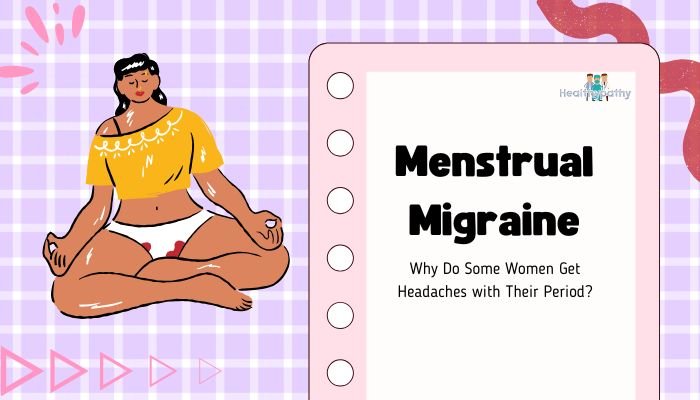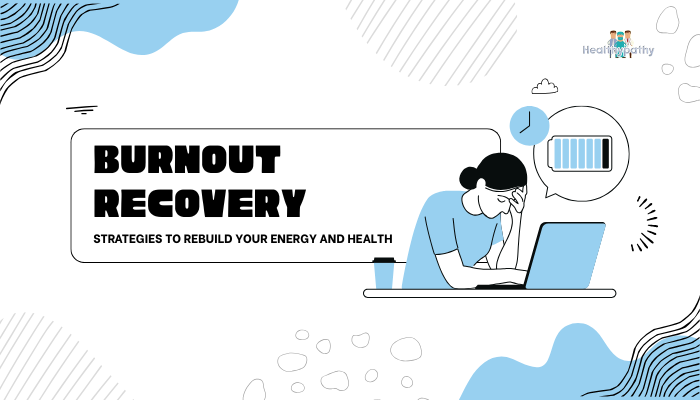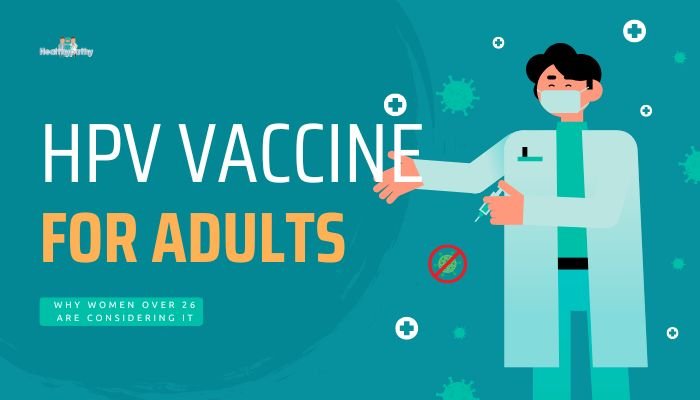Introduction
Many women experience migraines that coincide with their menstrual cycle—often referred to as menstrual migraines. This recurring headache pattern is linked to the hormonal changes surrounding menstruation, particularly the drop in estrogen that occurs before a period. Though migraines can strike at various times, the unique challenges of menstrual migraines can make them especially debilitating.
This guide explores why these headaches happen, how to recognize them, and what you can do to manage or reduce their intensity.
What Are Menstrual Migraines?
Defining Menstrual Migraines
A menstrual migraine typically occurs in a window ranging from two days before to three days after the start of your period. Unlike other headaches, these migraines often exhibit a predictable pattern tied to your menstrual cycle. They might be more intense and longer-lasting than non-menstrual migraines, with some women noting that standard migraine treatments feel less effective during this time.
Common Symptoms
Like other migraines, you might experience:
- Pulsing or Throbbing Pain on one side of the head.
- Nausea or Vomiting
- Sensitivity to Light and Sound
- Aura or Visual Disturbances (in some cases)
However, the timing and frequency around your period can set menstrual migraines apart.
Why Hormones Trigger Migraines
The Estrogen Connection
During most of the month, estrogen levels might remain relatively stable, but they dip sharply before menstruation begins. This sudden hormonal plunge is believed to influence specific brain chemicals (like serotonin), setting the stage for migraine onset.
Role of Prostaglandins
Prostaglandins—chemical messengers involved in inflammation—spike around menstruation to help shed the uterine lining. This inflammatory process can also sensitize the nervous system, worsening headache severity if you’re prone to migraines.
Other Contributing Factors
- Genetics: Many women with hormonal migraines have a family history of migraines.
- Lifestyle Influences: Stress, poor sleep, or skipping meals can aggravate hormonal migraine triggers.
- Birth Control or Hormone Therapy: Some methods can stabilize hormone levels and reduce migraines, while others can prompt more frequent attacks.
Diagnosing Menstrual Migraines
Tracking Your Cycle and Symptoms
Keeping a headache diary helps confirm if attacks closely align with menstrual periods. Note:
- Dates of Headaches and Periods
- Severity and Duration
- Any Associated Symptoms (nausea, aura)
- Medication Used and effectiveness
Clinical Evaluation
If you suspect menstrual migraines, discuss them with a healthcare provider—often a primary care doctor or neurologist. They might request additional details about your menstrual cycle, migraines at other times of the month, and any medications you currently use.
Treatment and Prevention Strategies
Acute Pain Relief
- NSAIDs (e.g., Ibuprofen, Naproxen): May relieve inflammation-induced pain.
- Triptans (Sumatriptan, Rizatriptan): Specifically target migraine pathways; can be taken at headache onset.
- Combination Pain Relievers: Some people find short-term relief with over-the-counter combos (acetaminophen, aspirin, caffeine).
Short-Term Hormonal Management
- Mini-Prophylaxis: Taking NSAIDs or triptans a couple of days before your period starts and continuing into the first few days.
- Estrogen Supplements: A low-dose estrogen patch or gel used briefly before menstruation might stabilize hormone levels. Discuss with your doctor for a safe approach.
Long-Term Prophylaxis
For frequent, debilitating migraines, continuous preventive measures may help, such as:
- Daily Preventive Medication: Beta-blockers (propranolol), certain anticonvulsants, or antidepressants.
- Continuous Birth Control: Some women find extended-cycle oral contraceptives reduce monthly estrogen drops.
- Lifestyle Adjustments: Stress management, regular exercise, and consistent sleep schedules.
Lifestyle Tips to Reduce Menstrual Migraines
- Maintain a Regular Sleep Schedule
Both insufficient and excess sleep can spark migraines. Aiming for 7–9 hours nightly fosters hormonal balance and stable energy levels.
- Manage Stress
High stress can magnify pain sensitivity and disrupt hormone regulation. Techniques like mindfulness, cognitive behavioral therapy (CBT), or gentle yoga can alleviate stress-driven migraine aggravation.
- Avoid Skipping Meals
Drastic blood sugar fluctuations can trigger headaches. Eating balanced meals—including breakfast—and keeping healthy snacks on hand help maintain consistent energy.
- Stay Hydrated
Dehydration is a known migraine trigger. Aim for at least 6–8 glasses of water daily—more if you live in a hot climate or are physically active.
- Identify Individual Triggers
Some may find certain foods (e.g., aged cheeses, chocolate), alcohol, or caffeine trigger migraines. Observing patterns in a headache diary assists in pinpointing and avoiding these culprits.
When to Seek Professional Help
Evaluating Severity
Persistent migraines that significantly interfere with work, relationships, or daily tasks merit a consultation with a medical professional. Explore specialized treatments or prophylactic medications if pain:
- Disrupts your daily routine repeatedly
- Worsens in intensity or frequency
- Doesn’t respond to typical OTC medications
Monitoring for Other Conditions
If accompanied by vision changes, confusion, fainting, or speech difficulties, migraines could signal more serious neurological issues. Seek emergency care in such cases.
Conclusion
Menstrual migraines stem largely from the natural hormone fluctuations that occur before and during your period. While these painful headaches can be intense, there are strategies—from preemptive medication and stable hormone regimens to lifestyle improvements—that help many women find relief. By identifying triggers, tracking cycles, and working with healthcare providers, you can mitigate migraine disruption and maintain normal daily life, even during challenging hormonal shifts.
References
- MacGregor EA. Menstrual migraine: A clinical update. Curr Opin Neurol. 2017;30(3):272–276.
- Pavlović JM, Allshouse AA, Santoro N, Crawford SL, Thurston RC, Neal-Perry G. Sex hormones, migraine, and the menopausal transition. Maturitas. 2021;142:58–65.
- International Headache Society. Migraine and hormonal factors. 2021.
- American Headache Society. Clinical guidelines for the treatment of migraine in women. 2019.
- MacGregor EA, Rosenberg JD. Estrogen withdrawal and headache. Headache. 2018;58(4):786–793.







